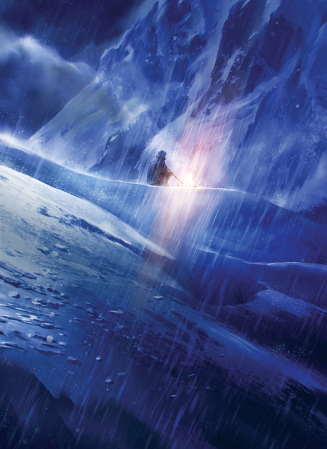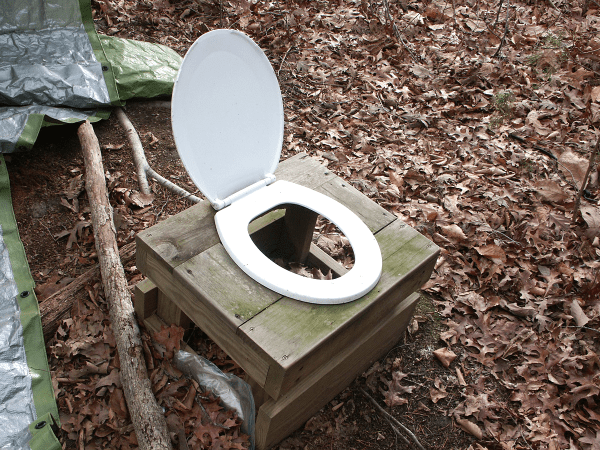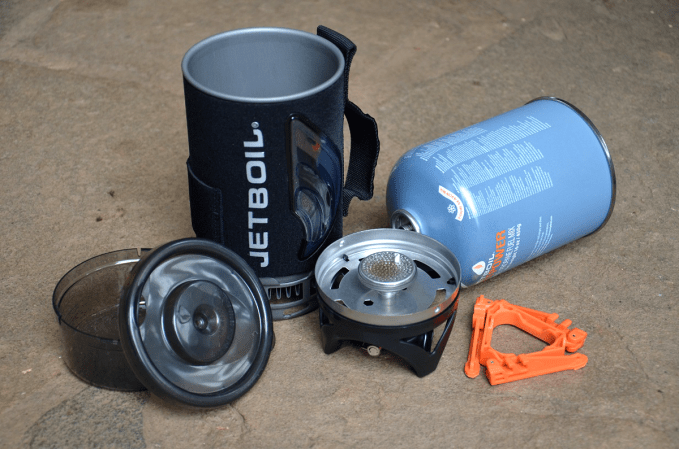Psychologist John Leach, a specialist in human responses to emergency situations, developed his “10/80/10 rule of survival” after examining a variety of crises and human reactions to them. According to Leach, 10 percent of people facing an emergency control their fears and act rationally. Eighty percent find themselves stunned and relatively unprepared to respond. The last 10 percent, Leach concluded, become hysterical, unable to cope with the situation at hand. To ensure you land in that top 10 percent, you should first understand the physiological processes your brain and body undergo during an emergency.
THE SITUATION
You’re hunting the backcountry and you’ve become separated from your party. A big storm is blowing in. Alone and lost, you realize you won’t make it back to camp before dark.
How Your Body Responds
1. The sympathetic nervous system, which stimulates the fight-flight-or-freeze response, takes control of the body. As a result, three key hormones are released into the bloodstream: adrenaline, norepinephrine, and cortisol.
2. Adrenaline and norepinephrine prepare the body for battle. You receive a high-octane energy boost from increased glucose production and release. But this increase in glucose production burns valuable resources in the body.
3. Your heart rate increases and the lungs expand to take in more oxygen (a process known as bronchial dilation). Pupils dilate, narrowing your vision.
4. Blood is channeled away from the digestive system and the skin toward the major skeletal muscles for quick action and strength.
5. Cortisol is released more slowly than adrenaline and norepinephrine, and it helps sustain the fight-or-flight response over an extended period of time. The digestive and immune responses are slowed in anticipation of a fight.
6. Over time, the engaged sympathetic nervous system depletes the body’s energy reserves of glycogen and fat stores. If it goes on too long, you could experience a crash that leaves you feeling cold and tired. The more primitive portion of the brain, the limbic system, takes control from the more developed frontal lobe. Thoughts become less logical and more visceral. This can lead to impulsive and irrational behavior.
7. Over time, when panic subsides, frontal lobe activity increases and rational thought returns.
How to Survive
1. Utilize your frontal lobe
“A common thread among survivors is the ability to prioritize and maintain focus on the task at hand,” says Kyle Allred, an experienced wilderness survival instructor. “Spend a few moments assessing your situation. Resist the temptation to act hastily. Instead, break down the larger task of survival into mini goals that can be performed one by one to help maintain focus.”
2. Gear up
“Know which tools you have in your kit and know how to use them,” says Allred. The simple act of building a fire with your fire-starter can build confidence. If you think logically, use the tools in your pack, and find shelter, you’ll survive a night (and maybe longer) alone in the backcountry.
READ MORE
One Wrong Step
Alone, severely injured, and 10 miles into Idaho backcountry, elk hunter John Sain had a decision to make: end the suffering or crawl for help

Alone, severely injured, and 10 miles into Idaho backcountry, elk hunter John Sain had a decision to make: end the suffering or crawl for help Vincent Soyez
The Crash
Sixteen-year-old Autumn Veatch, the sole survivor of a remote plane wreck, rescues herself

Eye of the Tiger
Hawaiian spearfisherman Braxton Rocha fights back fear and swims for his life after a shark attack

















